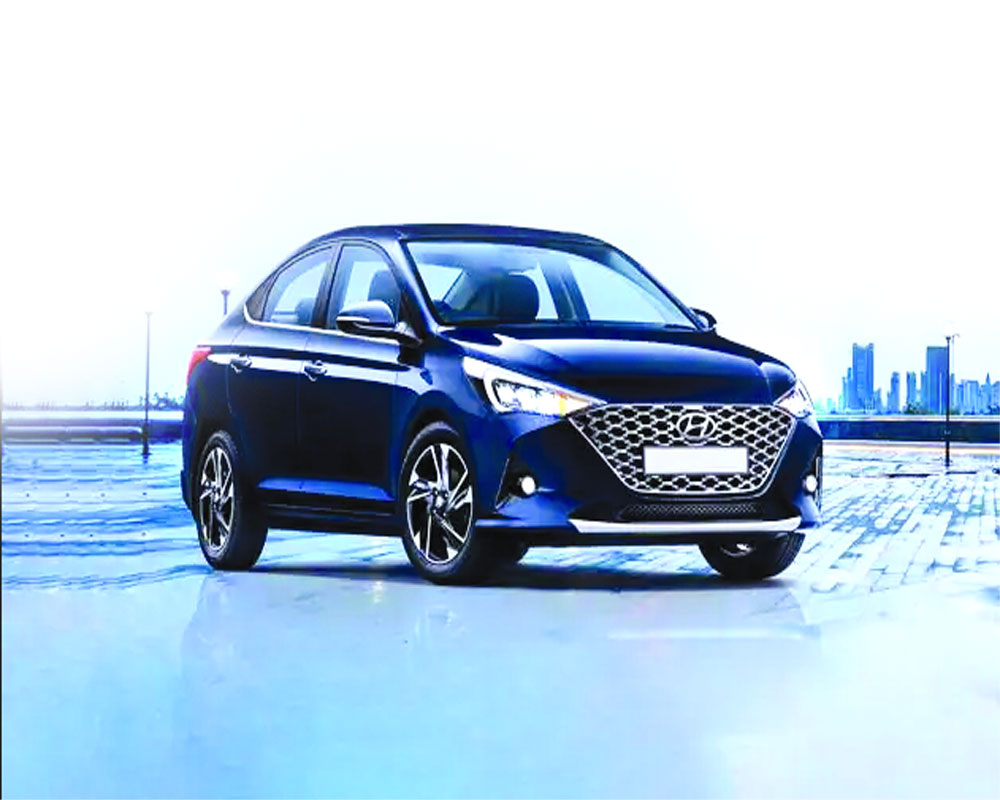Maybe Judas Priest can have a renaissance as well. Just like turbocharged petrol engines have
One has to give credit where it is due. Hyundai-Kia has in the past year dramatically changed the image as well as the demand for turbocharged petrol engines in India. The Hyundai Venue was the first vehicle to feature the three-pot one litre and the Kia Seltos had the four-cylinder 1.4 litre engine. The Hyundai Verna, i10 Nios also have the smaller engine, which will also undoubtedly see service on the new Hyundai i20 and the forthcoming Kia Sonet. And the 1.4 does service on the new Hyundai Creta and I am expecting it to do service on some other cars as well soon.
But I hear you say that Hyundai-Kia wasn’t the first group to fit a small terrier of an engine under the hood. And you’d be right, Ford’s Ecoboost on the Ecosport at launch and Volkswagen group’s one litre TSi on the Polo, Vento and Rapid were there earlier. Heck, so was Maruti’s Boosterjet on the Baleno RS. But Hyundai-Kia has to be given credit for not only putting turbos across their range but also making them in India. And they have been helped immensely by the government’s battle against cheap diesel, which none of the earlier contenders had to deal with. The success of these new engines alongside the slow death of diesel demand is encouraging other manufacturers to look at turbocharged petrols in a post-COVID setup.
So a quick primer on turbochargers — they work by using some of the exhaust gases to drive a propeller to draw in more fresh air into the engine, thus increasing the power outlet of the vehicle. Of course, this is a simplistic explanation because the size and shape of turbos can lead to dramatic differences in performance. There is something called turbo-lag, which is the amount of time it takes for the turbo to spool-up from the exhaust of the engine. On some cars, particularly older ones, this “lag” could be noticeable. In today’s era of computer-controlled engines, this lag has reduced considerably yet modern turbo engines can manage the lean fuel economy of a small, naturally aspirated engine. Basically a turbo engine provides more bang for the buck and a modern turbo manages to do that without the fuel penalty of the past.
But is it worth it? I recently drove the facelifted Hyundai Verna with the 120PS one-litre GDi Turbo, just a few days after driving the naturally aspirated Honda City. Both the cars were automatics and had similar power outputs. Long story short — the Verna was much more fun to drive. The City was definitely the more practical car but sometimes you want to have fun in your car even if you’re a bit grown up and older. And the Verna Turbo? Well, I’d say it isn’t as economical as the City but so much more fun.
And today, I believe, having fun is getting out of fashion. That is kind of silly, because life demands that we have some joy, a joie d’verve to life. And these turbo engines allow you to do that!


























